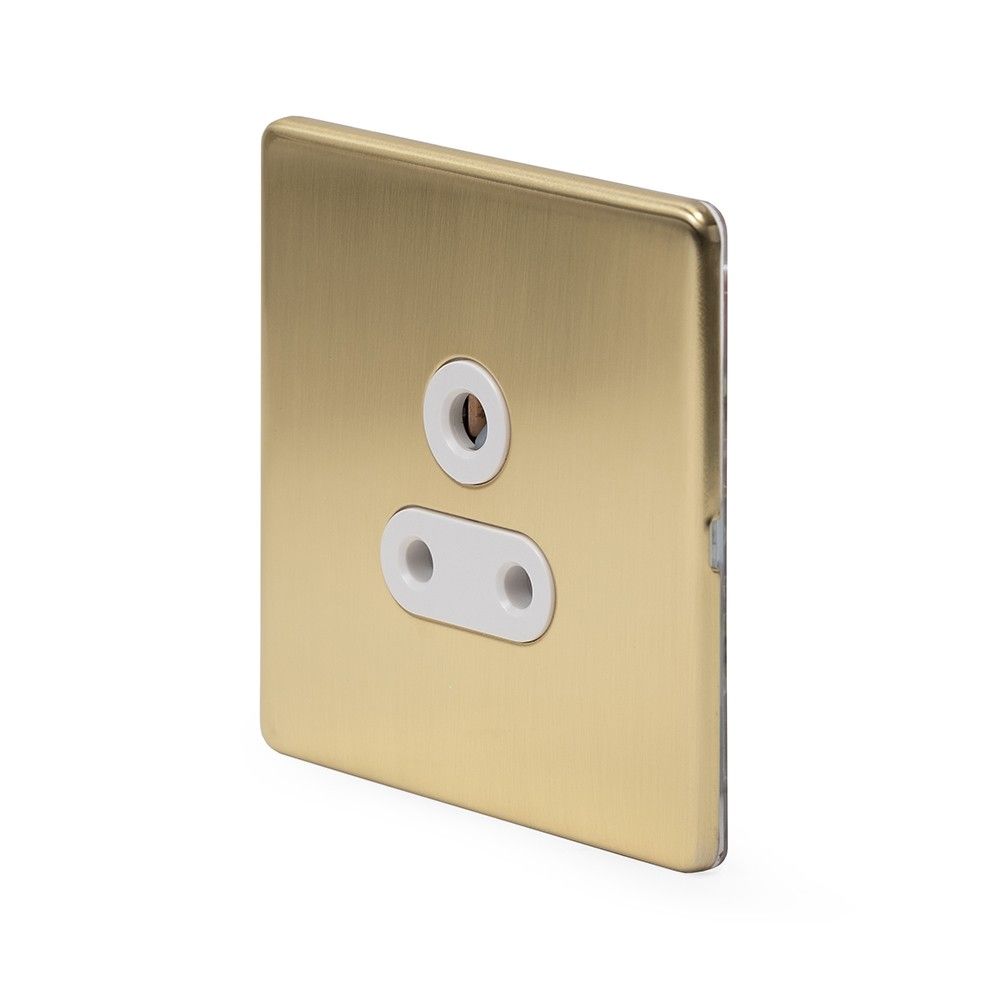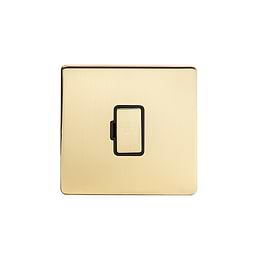What Are Unswitched Sockets Used For?
What Are Unswitched Sockets Used For?

There are a variety of sockets on the market including USB sockets, Switched Sockets, Unswitched Sockets and 5 Amp Sockets. This can make the purchase process more difficult than it needs to be.
Switched sockets are the most commonly used type of sockets in domestic settings. Switched sockets have switches on which need to be turned on in order for the electrical supply to feed to your devices.
What Are Unswitched Sockets?
Unswitched sockets cannot be switched on or off and are not used like regular plug sockets. They are connected to the source of the signal, and sometimes connected to the lighting circuit so they can be switched on and off via light switches in the room.
What Are Unswitched Sockets Used For?
Unswitched sockets are usually used for powering appliances that are in use continually such as fridge/freezers. Typically, they are used for appliances that are not easily accessible such as fridge/freezers. They are then isolated with fused connection unit which would isolate that one socket.
They can also be used for floor lamps where you might want to connect them to same the lighting circuit. So, when you switch off your lights at the end of the day, the lamp switches off with them too. Although, 5amp and 13amp sockets are more commonly used for this.
Are plug sockets without switches illegal? And Are Unswitched Sockets Safe?
Unswitched sockets are not illegal, but they are not commonly used in homes for a variety of reasons. As the socket is always 'live' this can cause safety concerns if for any reason it needs to be quickly disconnected.
The main reason that we have switched sockets is to isolate power to a circuit. In the event that something was to happen and the power needed to be pulled then you can easily stop the power from the source by switching it off. The switch removes the power from the socket when nothing is connected making it safer than an unswitched socket which could take much longer to disconnect. However, most commonly they are also isolated with a fused connection unit which would isolate that switched socket.
If you have small children in the house, this again poses a risk if they put their fingers into the live socket. However, this could happen with a switched socket if they were able to turn the switch on. Therefore, where possible, socket covers should always be placed into sockets when not in use to protect children.
[related_products is_auto_added="1"]









